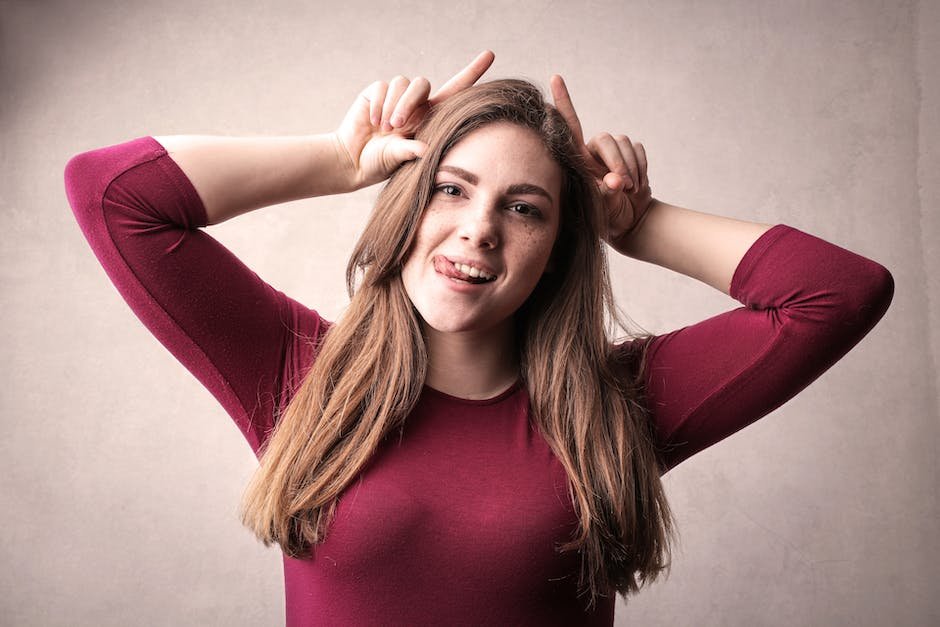Sometimes, even though your cat seems like their normal self, you can tell they’re not quite themselves. They may be acting or behaving in ways that are strange for them, and it is important to understand why.
A lot of times, especially if this behavior goes on for an extended period of time, it will end up being something simple. Your feline friend might just want some attention because they feel lonely or displaced due to changing circumstances (like moving or someone passing away).
If this is the case, try giving them what they want by playing with them, talking to them, etc. If these attempts fail then there are things you can do to make sure they find new friends and help them feel more comfortable. This article has tips for both parents and caregivers who wish to see less ear hair in their cats!
I have organized this information into three parts: General Tips, Product Reviews, and Conclusion.
The difference between long and short hair cats

Mostly you will see this type of cat at high-end animal shelters or breeders that value appearance over genetics.
Long haired cats, on the other hand, do not necessarily look more elegant than shorter ones, but they are always seen as being unique and interesting.
These individuals typically have much thicker coats that grow out in length and sometimes are brindled, which is when some areas of the fur color changes. This looks cool!
However, because these cats need lots of grooming time to keep up their thick coat, most end up being rehomed later if they are not cost effective.
Ways to help your cat with excess ear hair
The best way to manage fur growth is to identify the cause of the hair. If your cat is in season, or if there are external stressors like new toys, changes at home, or other cats around, then that could be adding extra hairs.
If you notice your cat has longer ears, it may be due to underlying health conditions such as hyperthyroidism (too active thyroid gland) which can result in excessive cell division. This could also occur because some breeds have thicker coat layers than others.
Other potential causes include allergy symptoms such as red skin and watery eyes so check for those first!
If your cat is just having a particularly hairy day, try bathing her/him to see if that helps. You might want to put some towels under the bathtub lip to keep the floor dry.
Once done, make sure to wash both yourself and your cat thoroughly to prevent re-hairs.
Trim your cat’s nails
 While some cats have very long ear hair, this is not common nor necessary to feel comfortable having them interact with other animals or people. If your cat has longer than average fur in their ears, they may be grooming themselves there!
While some cats have very long ear hair, this is not common nor necessary to feel comfortable having them interact with other animals or people. If your cat has longer than average fur in their ears, they may be grooming themselves there!
Cats groom by lathering up hairs using their tongue and then rolling it over their teeth or pushing it through their oral cavity. When you see your kitty rubbing its face against something, keep an eye out for longer hairs!
If your cat frequently goes behind her ears, she may be self-grooming because she feels stressed or uncomfortable. This can also happen when they try to hide somewhere or get distracted while trying to sleep.
Give your feline friend lots of attention, play with her toys, and hold her so she knows that you love her. Also, if possible, try to distract her from the area she wants to scratch by offering her food or taking her outside for a walk.
Use a hair dryer to help your cat get rid of excess ear hair
 When your pet is spending lots of time grooming himself, it can sometimes be hard to find the time to give his ears a good wash. If you notice that their fur is longer than normal, there may be some reason for this.
When your pet is spending lots of time grooming himself, it can sometimes be hard to find the time to give his ears a good wash. If you notice that their fur is longer than normal, there may be some reason for this.
It could indicate that your furry friend is concerned or stressed about something he’s been through, or maybe he just loves long hairs. Either way, these are great times to have a chat with your feline companion!
If your dog has really long ear-hair, then using a hairdryer will probably not do much to shorten them. But if your cat seems nervous or agitated, trying this tip can at least make him feel more comfortable.
Some cats develop extra thick coats due to health conditions like hypothyroidism or allergies. To determine whether this applies to yours, ask your vet about it.
Use a cotton ball to help your cat get rid of excess ear hair
 Many cats have lots of neck fur that is probably due to genetics. Some breed groups are known for having longer hairs in their ears which sometimes poof out or stick up, creating a pretty looking purr-fection!
Many cats have lots of neck fur that is probably due to genetics. Some breed groups are known for having longer hairs in their ears which sometimes poof out or stick up, creating a pretty looking purr-fection!
Some cats also grow very thick whisker fur which can be beautiful, but may cause itching or discomfort for your feline companion.
If you notice your cat acting nervous, it could be because they are trying to pull down his or her ear hair or brush away some whiskers. This might make them uncomfortable and/or scared so try to redirect them and take time to talk about what they were doing.
It’s important to remember that most dogs and cats enjoy spending time grooming themselves, so don’t worry too much if you see your pet working on their appearance.
However, excessive ear rubbing can become annoying for your beloved furry friend and thus, he or she will need to learn how to relax and wash themselves.
Cats are naturally clean animals, so offering them a bath or shower can be an effective way to teach them this. If needed, use a shampoo designed especially for felines and do not let it get into the ears as this can hurt your kitty.
Once your cat feels comfortable washing himself or herself, you can then start teaching him or her other areas of self grooming like using a litter box or scratching at appropriate times.
Put drops of tea tree oil into the hair dryer
Many people use tea tree oil in its pure form as an antiseptic skin wash or ear cleaning solution. It also works as a powerful natural antimicrobial agent, which means it can be used to disinfect infected areas.
Studies show that not only does tea tree oil work well against bacteria, but it can prevent bacterial growth altogether. This makes it a good addition to any routine grooming products you have already prepared.
If your cat has long fur then start using the drop version of tea tree oil in the air-drying section of your hairdryer! The hairs will absorb some of the oil while drying, keeping the coat soft and protected.
Use a hair clip
 The best way to manage ear fur is with a good-quality, comfortable hair clip. Yours can be for at home use or professional (for example, if you work in a veterinary office).
The best way to manage ear fur is with a good-quality, comfortable hair clip. Yours can be for at home use or professional (for example, if you work in a veterinary office).
Most people are not able to tell whether an animal has long ear fur due to genetics. Some dogs and cats have naturally longer ears than others, which makes it very difficult to avoid comparing yours to those of your pet.
A well designed hair clip will conceal most of the ear while still allowing for some movement. You want to make sure that it does not pull too tightly, as this could cause pain or bleeding.
You also do not need to worry about getting dirty hands when using a hair clip! Because they are made out of plastic, they are easy to clean. Simply wash with water and put through the washer and dryer.
Trim your cat’s hair
Many people consider long ear fur to be a beautiful feature for cats, but unfortunately it can be a nuisance to groom or maintain.
Too much ear grooming can cause skin irritation or even infection if there is excessive dirt or wax in the ears. If you notice your cat acting nervously or looking uncomfortable, try to see whether they are trying to push away something that feels stuck in their ear. This could be due to either external factors like jewelry or internal factors such as parasites.
If your cat has persistent ear problems, talk to your veterinarian about potential causes so you can address them properly.
Diet may play a role too – some fat content and vitamin D levels can influence how well your cat’s skin functions.


















